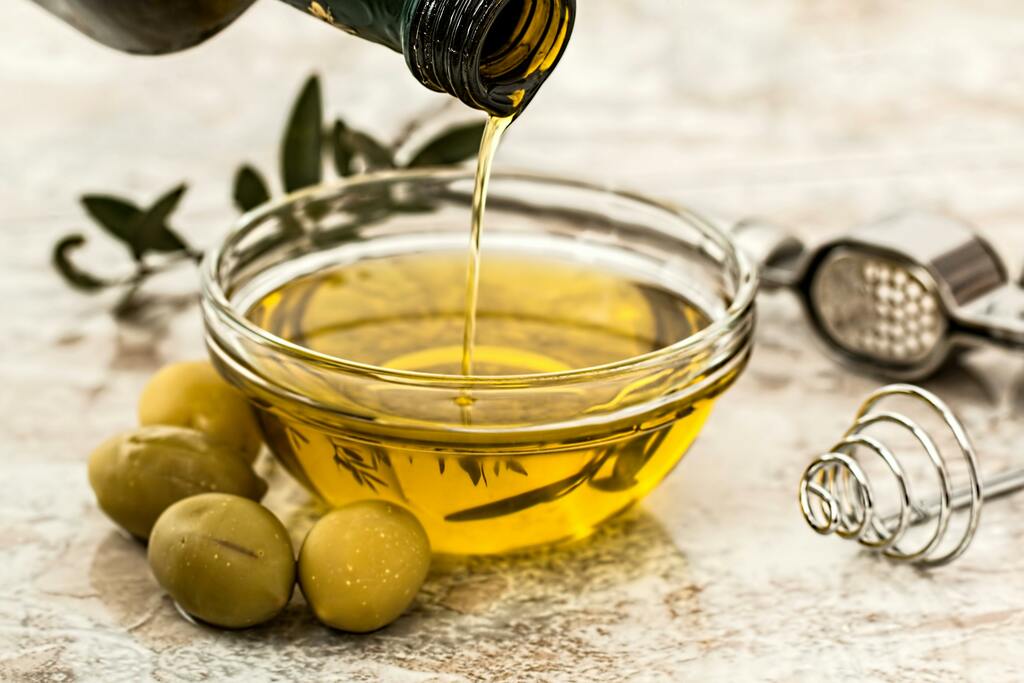There are two types of analyses that olive oil must undergo to be certified as extra virgin:
Chemical analysis (carried out in a laboratory) and Sensory analysis (or organoleptic tests).
Both are necessary for a complete evaluation of olive oil quality, as no single test can definitively determine quality on its own. Chemical analysis is performed by accredited and certified external laboratories, which examine chemical parameters according to strict quality standards. Sensory analysis is conducted by an independent tasting panel that evaluates the oil's flavor.
It is the combination of the results from both the chemical and sensory tests that grants olive oil the highest quality designation: extra virgin olive oil.

Laboratory testing is scientific and, by definition, accurate. In other words, the test results are objective and factual. Olive oil producers send samples from their latest harvest to external laboratories for verification. These accredited laboratories then carry out chemical analyses to determine the oil's quality.
Firstly, there are 7 to 9 parameters used to assess the quality grade according to specific standards. In addition, over 25 other chemical parameters listed in a standardized format focus on purity and authenticity.
• The most well-known standards include the measurement of free fatty acids or acidity (≤0.8%) — an indicator related to olive cultivation — and the peroxide value (≤20 me/kg), which measures the oil’s oxidation level. The general suggestion is: halve these values (from 0.8% to 0.4%, and from 20 to 10), and we can more clearly separate high-quality oil from lower-grade products.
Unfortunately, acidity and peroxide values are not legally required to be shown on the bottle labels. In other words, the law does not distinguish between an oil with 0.1% acidity and one with 0.8%, even though the quality difference is significant.
Laboratory testing is, legally speaking, the only conclusive test.

The organoleptic analysis is carried out by an independent sensory panel that evaluates the flavor of the oil. It is the combination of the results from chemical testing and organoleptic analysis that earns an olive oil the designation of extra virgin olive oil, the highest quality grade. In this second section, we focus specifically on organoleptic testing—how it's done… with the nose.
“The organoleptic test is legally the weak link, as it is performed by humans and is therefore, by definition, subject to debate.”
Organoleptic tests are assessments perceived by human senses, especially the sense of smell. This process involves trained panelists objectively evaluating the aroma and taste of the olive oil. The aim of this evaluation is to detect any aroma defects and their intensity, to classify the oil’s quality. Producers send samples of their latest olive oil to third-party tasting panels for analysis. However, this can raise some concerns—some large producers have their own in-house sensory panels. These panels consist of olive oil experts who have undergone extensive organoleptic training to assess oils based on key sensory parameters used in quality grading. The sensory analysis results are evaluated against established quality standards.
During the process, panelists follow standardized procedures specified by accreditation bodies. These protocols are designed to eliminate bias and control testing conditions. For example, oils are tasted "blind"—meaning that the label, style, and variety are hidden from the taster to prevent any preconceived opinions. Oils are also tasted in blue glasses to mask the color and are served at a controlled temperature. Panelists are separated by dividers and are not allowed to discuss their findings with one another to avoid influencing each other's judgments.
During the session, panelists evaluate the intensity of the positive and negative attributes of the olive oil.
Positive attributes include fruitiness, bitterness, and pungency (pepperiness). Each attribute is rated on a 10-point scale. The scores for fruitiness, bitterness, and pungency must never differ by more than 2 points. For example, an oil with a fruitiness score of 2 cannot have a bitterness score of 8—this would indicate a lack of balance, even if the oil passed the lab test with flying colors.
The panel then compiles the evaluations and reaches a consensus on whether the oil qualifies as extra virgin.
Negative attributes include off-aromas and unpleasant flavors, which are not permitted at all in extra virgin olive oil.
Once complete, the panel compiles their assessments and agrees on whether the oil can be classified as extra virgin olive oil or not.
The "Great Nose" Test
Positive attributes: Fruity, bitter, and pungent
Negative attributes: Metallic, musty, etc.
In the blog Extra Virgin Olive Oil: How It’s Tested, we describe in Part 1 (laboratory) and Part 2 (the nose) how olive oil is tested both technically and organoleptically. The organoleptic test focuses on identifying positive attributes—fruitiness, bitterness, and pungency—as well as negative defects.
Tests are conducted using blue glasses (to ensure the oil’s color doesn’t influence the evaluation, since color has no relation to quality), which are warmed to a specific temperature. Then, the panelists (8 to 12 tasters and a panel leader) literally put their noses into the glass and try to detect both positive characteristics and any flaws.
As for defects, here are the most common and significant ones:
A relatively recent defect, identified since 2007, is caused by a fly: the Bactrocera oleae.
Common Defects and Their Causes:
Defects: Frozen, dried out, musty, winey, vinegary, moldy, earthy-humid
Cause: Poor condition of olives at harvest. This may result from damaged olives or, more commonly, too long a delay between harvesting and pressing—allowing oxidation to begin.
Defect: Metallic
Cause: Improper machine settings during the crushing of the olives.
Defects: Rancid, musty, metallic
Cause: Improper machine settings during the malaxation (mixing) of the olive paste.
Defects: Metallic, burnt
Cause: Poor storage conditions of the olive oil or errors during bottling.
Defect: Veiny or disgusting (a relatively recent defect caused by fly eggs)
Cause: Since 2007, the Bactrocera oleae fly has been identified as the culprit. It lays its eggs inside olives, which then develop into larvae. If these infested olives are pressed, the defect becomes noticeable.
Beyond production-related errors, organoleptic defects can also appear when mixing older oils with newer ones, for example.
Only after all these evaluations are completed—both chemical and sensory—can olive oil be classified and certified as extra virgin olive oil.